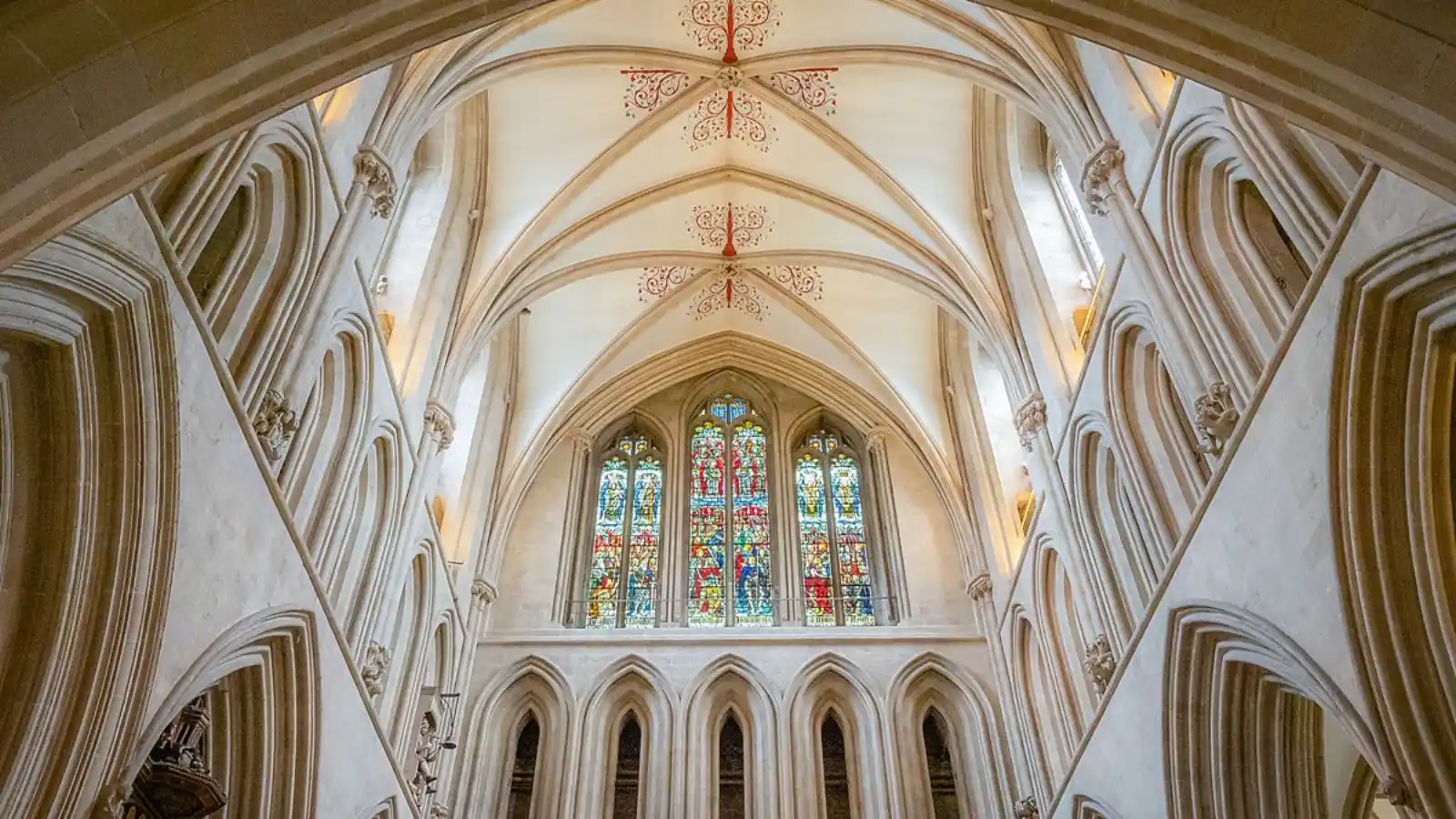How to Build a Cathedral

How to Build a Cathedral: An Architectural Journey
If you have ever marveled at the grandeur of medieval cathedrals and wondered about the incredible feats of architecture and human effort behind their construction, "How to Build a Cathedral" by Jon Cannon is an unmissable documentary. This enlightening journey, available for viewing on HDclump.com, explores the multifaceted process of building these magnificent structures, highlighting the ingenuity, dedication, and spiritual fervor of our medieval ancestors.
The great cathedrals of the medieval era were not just places of worship but also symbols of faith, wealth, and artistic achievement. They represented the pinnacle of human aspiration and collective effort, built during a time when most people lived in simple homes. Jon Cannon delves into the social, economic, and technological factors that enabled the construction of these monumental buildings. He explains how these structures, which were the tallest buildings constructed since the pyramids of ancient Egypt, were made possible by the collaboration of a diverse range of skilled individuals.
The journey to build a cathedral began with the vision of a bishop or a wealthy patron who sought to glorify God and enhance their prestige. This vision was translated into architectural plans, often inspired by existing cathedrals and the latest innovations in Gothic architecture. The process required meticulous planning, vast resources, and the collaboration of master masons, carpenters, blacksmiths, and glaziers, each contributing their specialized skills to the project. You can explore this detailed process further by watching the documentary on HDclump.com.
One of the first tasks in building a cathedral was to gather the necessary materials. Stone, the primary building material, was quarried locally or transported from distant sites, depending on the quality and availability. The transportation of these massive stone blocks posed significant logistical challenges, often involving rivers, ox-drawn carts, and considerable manpower. Timber for scaffolding and roofing was sourced from nearby forests, while metals for tools and fixtures were obtained through trade or local production.
Building a cathedral was a protracted affair, often spanning several decades or even centuries due to the complexity of the work and the need for continuous funding. Many cathedrals were built in phases, with initial sections being used for worship while other parts were still under construction. Fundraising was an ongoing effort, involving donations from the faithful, contributions from local guilds, and sometimes the imposition of taxes or levies.
Architectural innovations played a crucial role in constructing such towering and intricate structures. The development of the pointed arch, ribbed vault, and flying buttress allowed builders to create higher and more stable buildings with large windows that filled the interiors with light. These elements were not just structural necessities but also carried symbolic meanings, reflecting the heavenly aspirations and divine light associated with Gothic cathedrals.
The interior of a cathedral was as impressive as its exterior, lavishly decorated with sculptures, stained glass windows, and intricate woodwork. These interiors were designed to inspire reverence and convey religious narratives, with stained glass windows serving as both artistic masterpieces and didactic tools, depicting scenes from the Bible and the lives of saints to an illiterate populace. To gain deeper insights into these architectural marvels, you can watch "How to Build a Cathedral" on HDclump.com.
Jon Cannon’s exploration also highlights the human aspect of cathedral building. These projects were community endeavors that involved not just craftsmen but also laborers, parishioners, and local residents. The construction site was a hive of activity, with workers engaging in backbreaking labor, artisans honing their craft, and townspeople contributing in various ways. The building of a cathedral often became a focal point of community identity and pride.
Despite the grandeur and apparent permanence of these structures, medieval cathedrals were not immune to the ravages of time and the elements. Many cathedrals underwent numerous repairs, modifications, and restorations over the centuries. Fires, earthquakes, and other disasters necessitated rebuilding efforts, which sometimes altered the original designs. Yet, these changes also reflect the living history of the buildings, evolving with the communities they served.
In conclusion, the construction of medieval cathedrals was a remarkable achievement that showcased the ingenuity, dedication, and spiritual fervor of our ancestors. Through meticulous research and vivid storytelling, Jon Cannon illuminates the multifaceted process that brought these architectural wonders to life. These cathedrals stand as enduring symbols of faith, artistic endeavor, and human resilience, reminding us of the extraordinary capabilities of those who came before us. For an in-depth exploration of these awe-inspiring structures, be sure to watch "How to Build a Cathedral" on HDclump.com.
https://hdclump.com/how-to-build-a-cathedral/


